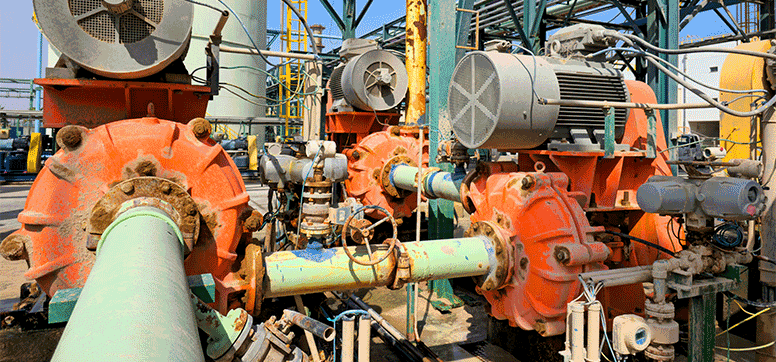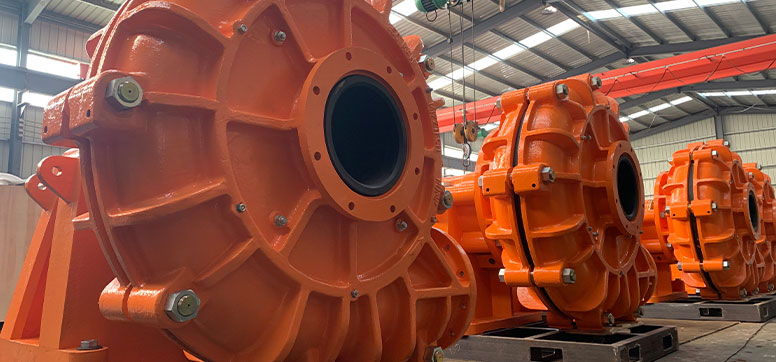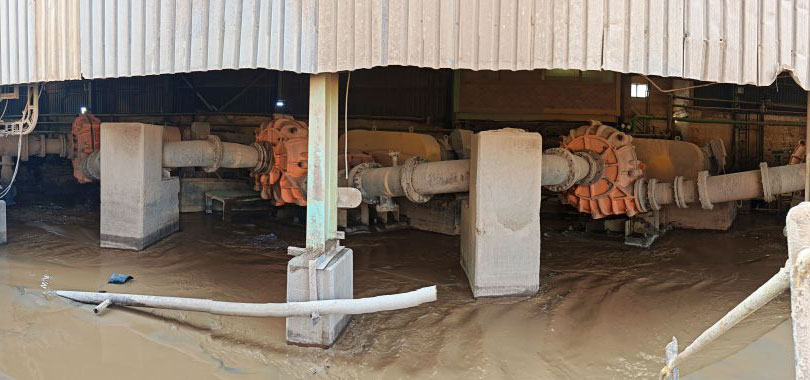

 |

|

Ten Maintenance Tips to Extend Mud Pump Life
1. Regular inspection and cleaning
Data analysis: If a mud pump is routinely inspected and cleaned four times a year, its service life can be extended by 10 to 20 percent. For example, a mud pump with an initial expected service life of 5 years may have its service life extended to 6 to 6.5 years after regular inspection and cleaning.
Research data: According to the maintenance statistics of certain industries, the failure rate of pumps that are not cleaned in time is as high as 25%, while the failure rate of pumps that are cleaned regularly is only 5%.
2. Lubrication maintenance
Data analysis: regular lubrication can make the pump body work more efficiently by about 10%. For example, under normal conditions, the energy consumption of a mud pump may be 100kWh/day, while after regular lubrication, the energy consumption drops to 90kWh/day, saving about 10% of energy costs.
Extended bearing life: According to bearing manufacturers, regular lubrication can extend the life of bearings by more than two times. Without lubrication, bearings may need to be replaced annually, whereas with lubrication they may be replaced every 3 to 5 years.
3. Monitor operating pressure
Data analysis: Mud pumps typically operate at pressures between 8 and 12 bar. If the pressure is kept within the recommended range, the pump operates much more consistently. According to statistics, the failure rate of pumps operating under normal working pressure is 5%, while the failure rate of pumps operating under overload conditions can be as high as 25%.
Failure cases: According to some industry data, when the pump's operating pressure exceeds its design range, the frequency of failure will increase two to three times, resulting in more frequent downtime and maintenance.
4. Avoid idling
Data analysis: slurry pump idling on the pump body damage, idling for 5 minutes may lead to a 20 ℃ rise in the temperature of the pump body. Long-term idling will lead to premature damage to the mechanical seal, increasing the frequency of maintenance. For example, a company found that after the mud pump idling, the seal life is shortened from 5 years to 2 years, resulting in a 50% increase in maintenance costs.
5. Regular inspection of shafts and impellers
Data analysis: The shaft and impeller of a mud pump are among the most severely worn components. It is assumed that the pump's impeller wears approximately 0.5 millimeters per year. If the wear parts are inspected and replaced annually, the chances of breakage of the impeller can be reduced. Without maintenance, the impeller may show severe wear in the 3rd year, while regular inspections can keep it in good condition for up to 6 years, extending its service life.
Actual case: in a mine mud pump maintenance data, not timely replacement of worn impeller pump failure rate of 20% in 1 year, and regular replacement of the pump failure rate down to 5%.
6. Avoid overload operation
Data analysis: mud pump in overload, the load beyond the design range, the risk of damage greatly increased. Assuming that the pump is operating at 125% of its rated load, the pump life may be reduced by 40%-50%. For example, a pump was originally able to run for 8 years, but after the overload operation, it can only last 5 years, resulting in the need for early replacement.
Case comparison: According to the data of a company's actual operation, the maintenance cycle of pumps under normal load is 3 years, while overloaded pumps need to be maintained every 1 year.
7. Temperature control
Data analysis: Temperature has a great impact on slurry pumps, especially in high temperature environments, which may lead to premature aging of pump seals and bearings. For example, when working in a high temperature environment, the service life of the pump can be reduced by 30%, while when operating under optimal temperature control, the life of the pump can be extended by 20%.
Experimental data: Experimental data show that the seal life of a pump operating at high temperatures is about 1 year, while under proper temperature conditions, the seal life can reach 3 years.
Comprehensive analysis:
Based on these specific data, we can see that by implementing effective maintenance measures, the service life of the mud pump can be extended by 20%-50%. For example, if the original expected service life of a mud pump is 5 years, through reasonable inspection, lubrication, monitoring pressure, avoid idling and other measures, its life can be extended to 6 years to 7.5 years.
From a cost perspective, extending the life of a pump not only reduces replacement and downtime, but also reduces energy consumption and maintenance costs, especially when mud pumps are used on a large scale, and the savings can run into the millions.


